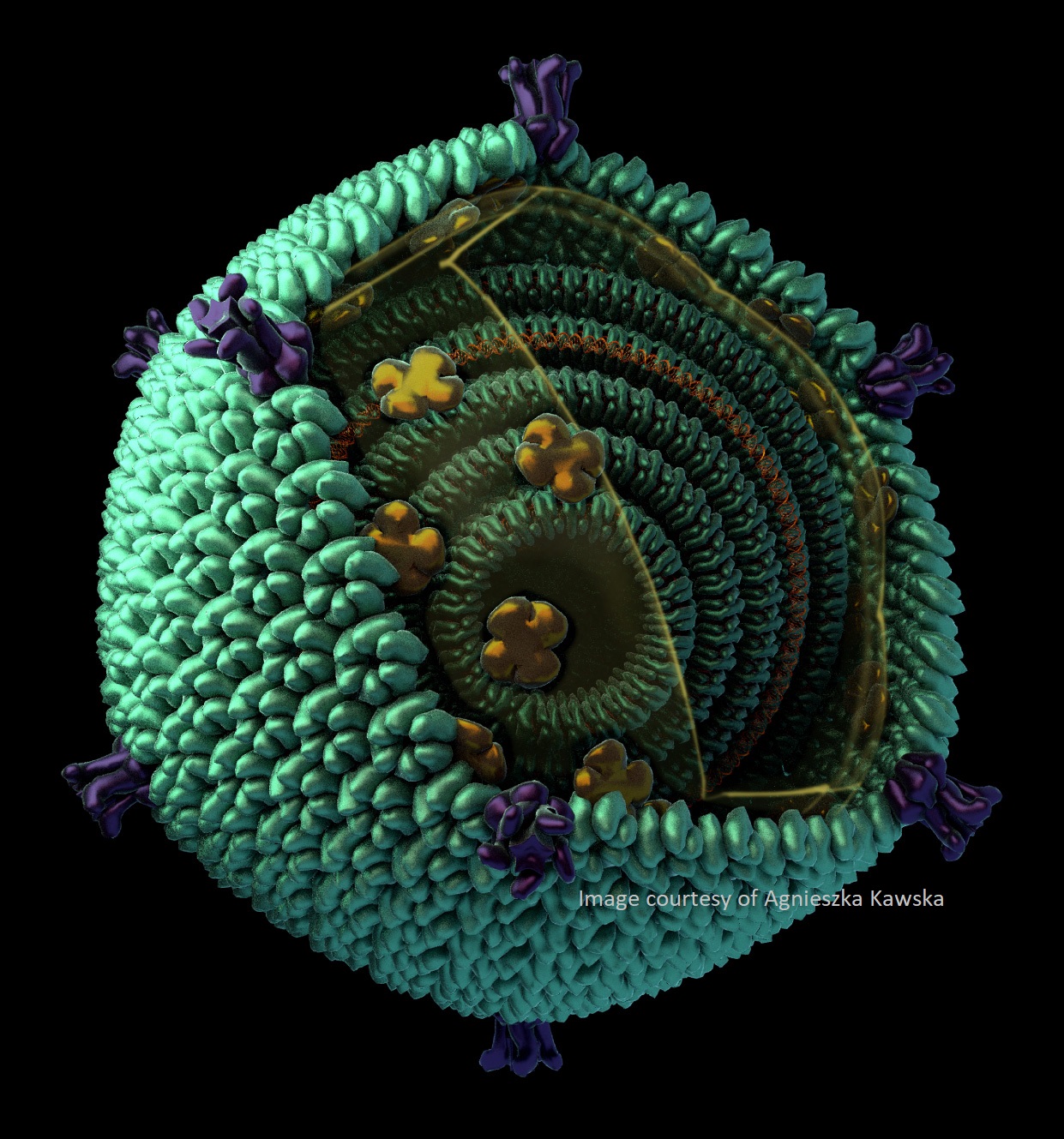
Alberto Bartesaghi
Associate Professor of Computer Science, Biochemistry and Electrical and Computer Engineering, Duke University
CryoET – high-speed or high-resolution? BISECT tackles both
Date and time: Dec 2nd, 2020 Wednesday, at 8am PT / 11am ET / 4pm GMT / 5pm CET / Dec 3rd midnight China
For the zoom and gather.town links, please join the One World Cryo-EM mailing list.
Note that we no longer use the zoom registration system, so old zoom links may not work. The new links will be sent via the mailing list.

Tomographic reconstruction of cryo-preserved specimens followed by extraction and averaging of sub-volumes has been successfully used to determine the structure of macromolecules in their native environment.
Eliminating biochemical isolation steps required by other techniques, this method opens up the cell to in-situ structural studies. Delays introduced during mechanical navigation of the specimen and stage tilting, however, significantly slow down data collection thus limiting its practical value. Here, I present BISECT (beam image-shift electron cryo-tomography), a new protocol to accelerate tilt-series acquisition without sacrificing resolution. I also describe improvements to our constrained single particle tomography (CSPT) framework, leading to higher resolution reconstructions determined by sub-volume averaging.
For validation, we collected tilt-series from a low molecular weight target (~300kDa) using BISECT and processed them using CSPT to obtain a 3.6 Å resolution map where density for side chains is clearly resolved. These advances bring cryo-ET a step closer to becoming a high-throughput tool for in-situ structure determination at near-atomic resolution.
